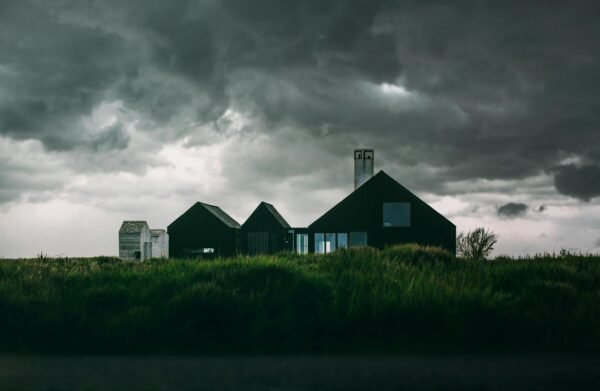
New AI Research Reveals What Offices Could Look Like in 25 Years Time

Offices were once a traditional space filled with giant computers and filing cabinets but have undergone a vast transformation over the past few years. Standing desks, collaborative workspaces and open spaces are now the norm, with office design evolving to cater to the ever-changing needs of modern employees.
As office spaces continue to evolve, Studio Alliance, a European alliance of workplace experts, wants to uncover what is in store for the future of the office. By looking at office space search trends from pre-pandemic times and comparing them to 2023, they were able to predict the top 10 office trends for the future and create an AI mock-up of what these spaces will look like in the next 5,10,25 and 50 years.

Studio Alliance’s workplace experts have also provided their opinion on how they think the office landscape will transform in the future.

Top 10 Office Feature Search Trends
| Keyword | Avg. monthly searches |
| Standing Desks | 368000 |
| Laptop Stands | 246000 |
| Ergonomic Chairs | 165000 |
| Privacy Screens | 90500 |
| Adjustable Height Desks | 49500 |
| Hot Desking | 27100 |
| Reclining Office Chairs | 14800 |
| Glass Partition Walls | 9900 |
| Open Floor Plans | 9900 |
| Shared Workspaces | 9900 |

Experts Reveal The Future Of The Office:
- What is the biggest office design change you have seen since the pandemic? “A lot of companies are focussing on workplace experience to attract people back to the office. Companies are choosing to embrace activity-based working, with a particular focus on collaborative spaces, social spaces, and wellbeing areas. We are seeing dedicated “workplace experience” roles within organisations to curate a programme of events and initiatives that give a sense of community. Technology and acoustics are areas of focus as people need spaces where they can do quiet, concentrated work as well as collaborate” Guenaelle Watson, 360 Workplace
- Office space predictions for the next three years, what do you think will be popular in workspace design and why? “Collaborative and social spaces will become increasingly important. Where do you meet, where do you interact with coworkers and where do you find the brand identity and values of your employer. Also, in connection with this it will be increasingly more important to make these spaces inclusive, does everybody feel at home here, safe and supported with more and more “gender neutral” spaces are being introduced” Mattijs Kaak, DItt Officemakers













































